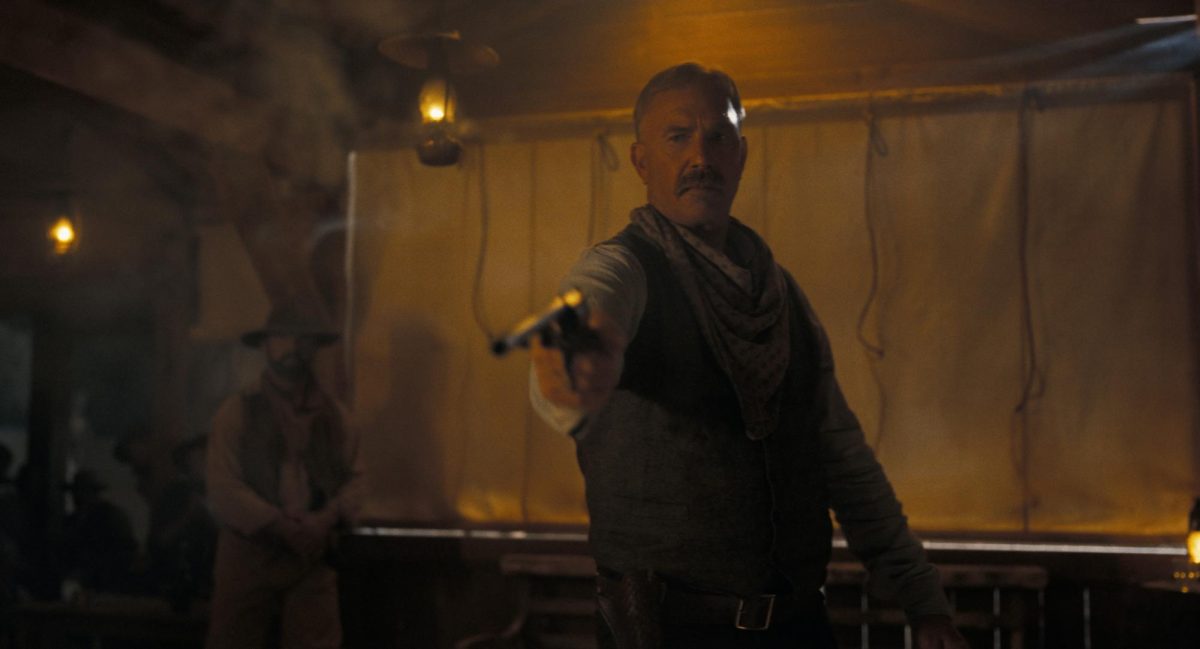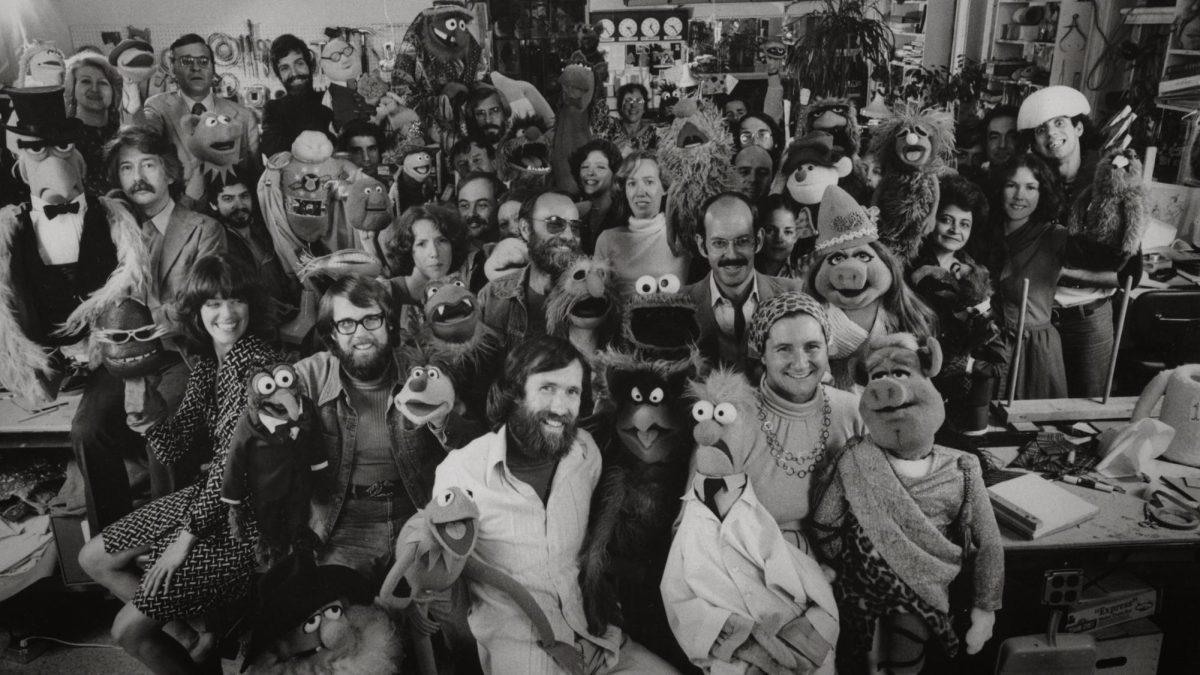The lights go down, and suddenly the sound of a round of gunshots echoes through the theater. A voiceover introduces the play, and then spotlights swirl around the stage before we’re introduced to our main characters for the first time — Bonnie Parker and Clyde Barrow.
The Pioneer Theatre Company’s production of “Bonnie & Clyde” opened the night of Feb. 23 and will run through March 9. The musical follows the rise and fall of the infamous criminals and explores the power of young love, familial devotion and what it means to be alive.
The opening night’s show was good — entertaining but not phenomenal. The cast features strong voices, the choreography is engaging and an interesting set paired with thoughtful light design creates a beautiful visual experience. However technical difficulties in sound made for a distraction and at times characters felt flat and distant.
The Talent
Michael William Nigro as Clyde and Alanna Saunders as Bonnie both put on solid performances. The play’s musical track allowed both actors ample opportunity to show off their vocal talents. As she sang, Saunders’ voice pierced through the room. Substantial vocal control and a beautiful vibrato captured my attention immediately in any number she was in. While Nigro didn’t have quite the same commanding effect, the variety of his musical numbers showcased Nigro’s emotional range and vocal storytelling.
However, in the realms of acting, Bonnie and Clyde fell flat, though more so in the first act than in the second. I don’t know whether it was a lack of chemistry between the two actors or a lack of understanding of the characters themselves but watching Bonnie fall for Clyde and navigate the world together ultimately felt unbelievable. This improved in the second half when Nigro and Saunders were able to transition into playing a sort of caricature of their roles. Bonnie’s vanity and impulsivity were explored playfully in this act while Clyde’s pride and shortsightedness were teased and poked at.
A few standouts from the cast included Christian Brailsford, who played the sheriff and preacher. Brailsford’s commanding stage presence beautifully complimented the characters he played; his mere presence on the stage demanded to be noticed. April Armstrong, who played Emma Parker, put on a heart-wrenching performance as she displayed the love and pain of a mother with only her daughter’s best interests in mind. Ben Jacoby, who played Ted Hinton, put on a perfect boy-next-door performance, but it was in the songs he sang that Jacoby’s character and all his conflicting emotions came to life.
No matter the scene, the choreography always kept the eyes on the stage. Whether it was through an ensemble number or a solo ballad, the stage was used intentionally and movement done with purpose and grace.
Musically, “When I Drive” with Nigro and Dan DeLuca, who played Buck Barrow, explored the relationship between two brothers in an exciting, innocent kind of way with fantastic, playful chemistry. “Dyin’ Ain’t So Bad (Reprise)” with Nigro and Saunders was emotional, poignant and allowed for necessary insight into the characters.
The Tech
The musical’s set was gorgeous. The combination of an old, western town look with bright lights and a marquee visually represented the juxtaposition of Bonnie and Clyde’s fame and backgrounds. Part of the set includes a bedroom, sat above the main stage by about a story and set back from the rest of the set. While interesting visually, I found that the height of the room and its distance from the audience rendered scenes that took place within it without impact. Characters looked far away, and at times it was difficult to understand exactly what was occurring within it.
The lighting was done beautifully throughout the musical. The use of colors to emphasize a character’s feeling or trajectory visually lets the audience get to know the characters more intimately. The lights were always changing, purposefully and dynamically, which made it easy to keep your eye on the scenes.
The biggest disappointment from the show came from inconsistency in sound. The second act of the show was wrought with audio difficulties. An actor’s voice would only become audible after their lines had already started, not only making it hard to keep a consistent finger on what was happening but also detracting from the story itself. The characters were too quiet throughout the whole act which affected the clarity and understanding of several parts of the show.
The biggest consequence of these difficulties, though, was the disservice it did to Gina Milo, who played Blanche Barrow. Her audio levels were consistently uneven in the second act, and more often than not too quiet. This significantly took away from the impact of her scenes, but most disappointingly in “God’s Arms Are Always Open” with Brailsford. This scene was filled with heartbreak that had so much potential to showcase Milo’s talents and the raw emotion of her character. Ultimately, though, it fell flat.
Overall, with the hope that technical difficulties can and will be improved upon, “Bonnie & Clyde” is well worth a watch. The music is fun and upbeat. The cast is talented and comedy is well mixed with tension and anticipation in a way that pokes fun at but also meaningfully evaluates what the meaning and consequences of Bonnie and Clyde’s story really were.


















